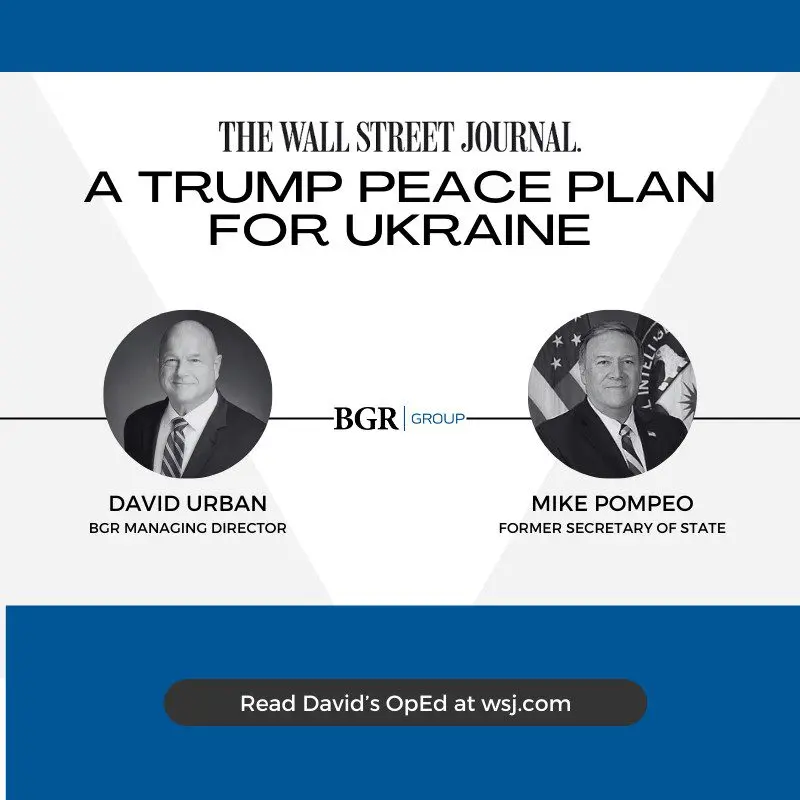Higher Bids, Higher Risks: Stock Investors Facing Market Uncertainty

Table of Contents
Understanding the Current Market Volatility
Market volatility is a significant characteristic of the current investment environment. This uncertainty stems from a confluence of factors:
- Inflation: Persistent inflation erodes purchasing power and forces central banks to raise interest rates, impacting corporate earnings and investor confidence. The recent inflation figures significantly exceeded expectations, triggering market corrections.
- Rising Interest Rates: Higher interest rates increase borrowing costs for businesses, potentially slowing economic growth and reducing corporate profits. This directly impacts stock valuations and investor sentiment.
- Geopolitical Risks: The ongoing war in Ukraine, escalating tensions in other regions, and trade disputes contribute significantly to market uncertainty. Geopolitical instability creates unpredictable shifts in global markets.
- Supply Chain Disruptions: Ongoing supply chain bottlenecks continue to impact businesses, leading to higher production costs and impacting profitability. This uncertainty makes forecasting future earnings more difficult.
The increased correlation between different asset classes during periods of uncertainty is also noteworthy. Historically independent markets (like stocks and bonds) tend to move in tandem during times of heightened risk aversion, limiting diversification benefits. Market uncertainty, defined as the inability to predict future market movements with confidence, profoundly impacts investor behavior, often leading to increased risk aversion or, conversely, speculative frenzies.
The Allure and Peril of Higher Bids
The psychology behind higher bids during periods of uncertainty is complex. Fear of missing out (FOMO), a potent psychological force, often drives investors to chase high returns, even amidst heightened risk. Speculation plays a significant role, with investors betting on continued price increases without necessarily conducting thorough due diligence. This behavior is fueled by market sentiment – the collective mood of investors.
While higher bids offer the potential for significant gains, they also amplify the potential for substantial losses. Many recent examples illustrate this: several high-flying tech stocks experienced meteoric rises followed by dramatic corrections, wiping out significant investor capital. The allure of quick riches can cloud judgment, leading to poor investment decisions. Understanding the risks associated with higher bids and the potential for sharp reversals is crucial for informed investment strategies.
Strategies for Mitigating Risk in Uncertain Markets
Navigating a market characterized by higher bids and higher risks requires a robust risk management strategy:
- Diversification: Spreading investments across various asset classes (stocks, bonds, real estate, etc.) and sectors reduces the impact of any single investment's poor performance. A well-diversified portfolio helps cushion against market downturns.
- Due Diligence: Thorough research is paramount before any investment. Understanding a company's financials, competitive landscape, and long-term prospects is crucial in assessing its risk profile and potential return.
- Financial Advisor: Seeking guidance from a qualified financial advisor provides personalized advice tailored to your risk tolerance and financial goals. They can help you create a robust investment plan.
- Dollar-Cost Averaging: This strategy involves investing a fixed amount of money at regular intervals, regardless of market fluctuations. It helps mitigate the risk of investing a lump sum at a market peak.
- Defensive Investing: During periods of uncertainty, shifting towards more defensive investments, such as high-quality bonds or dividend-paying stocks, can help preserve capital and reduce volatility. Careful portfolio management is essential.
Identifying Opportunities Amidst the Uncertainty
While uncertainty presents significant risks, it also creates opportunities for savvy investors:
- Undervalued Stocks: Market downturns often create opportunities to acquire high-quality companies at discounted prices. Fundamental analysis is key to identifying undervalued stocks with strong long-term potential.
- Contrarian Investing: This strategy involves going against the prevailing market sentiment. When fear grips the market, contrarian investors look for undervalued assets that may rebound.
- Fundamental Analysis: This involves thoroughly evaluating a company's intrinsic value by examining its financial statements, business model, and competitive position. Understanding a company's true worth helps identify undervalued gems.
- Value Investing: This long-term investment strategy focuses on purchasing stocks trading below their intrinsic value. Patience and discipline are essential for value investors to reap the rewards.
Conclusion: Making Informed Decisions in a Market of Higher Bids and Higher Risks
The current market environment, characterized by higher bids and higher risks, demands a cautious yet opportunistic approach. We've explored the factors driving market volatility, the psychology behind higher bids, and effective strategies for mitigating risk and identifying opportunities. Remember: careful planning, diversification, and seeking professional advice are crucial before making any investment decisions. Understanding your own risk tolerance is paramount. Navigate the complexities of higher bids and higher risks in today's market by utilizing sound investment strategies. Learn more about mitigating risk and maximizing opportunities in volatile markets.

Featured Posts
-
 Increased Tensions Lead To 1 Billion Funding Cut For Harvard From Trump Administration
Apr 22, 2025
Increased Tensions Lead To 1 Billion Funding Cut For Harvard From Trump Administration
Apr 22, 2025 -
 Deadline Looms Kyivs Crucial Decision On Trumps Ukraine Plan
Apr 22, 2025
Deadline Looms Kyivs Crucial Decision On Trumps Ukraine Plan
Apr 22, 2025 -
 Russias Aerial Assault On Ukraine Us Peace Plan Amidst Rising Tensions
Apr 22, 2025
Russias Aerial Assault On Ukraine Us Peace Plan Amidst Rising Tensions
Apr 22, 2025 -
 The Fractured Relationship A Deep Dive Into The U S China Standoff
Apr 22, 2025
The Fractured Relationship A Deep Dive Into The U S China Standoff
Apr 22, 2025 -
 Death Of Pope Francis At 88 Legacy And Reactions
Apr 22, 2025
Death Of Pope Francis At 88 Legacy And Reactions
Apr 22, 2025
